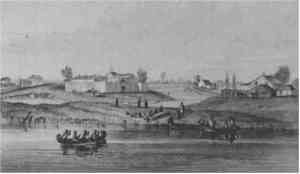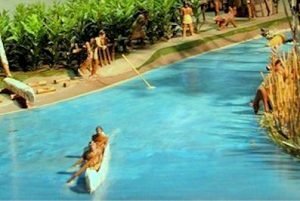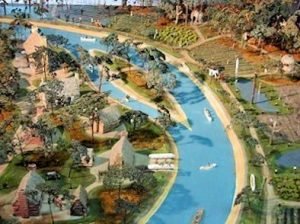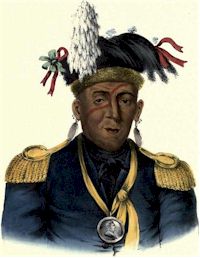Potawatomi Indian Research
Pottawatomie Indians J. B. Bottineau, speaking Chippewa and Cree fluently, gives Potawatanubñk or Potawaganiñk, i. e. ‘People of the place of the fire,’ as the primary form of the name. This derivation is strongly confirmed by the Huron name Asistagueroüon (Champlain, 1616), for Otsistă’ge`roñnoñ’, likewise signifying ‘People of the place of fire,’ which was applied by them to their enemies who dwelt in 1616 on the west shores of Lake Huron. Read More about the Potawatomie History Potawatomi Indian Biography Pottawatomie Chiefs and Leaders Chief Kack-kack (hosted at Pottawatomie Web) Bureau of Indian Affairs Bureau of Indian Affairs Tracing … Read more







